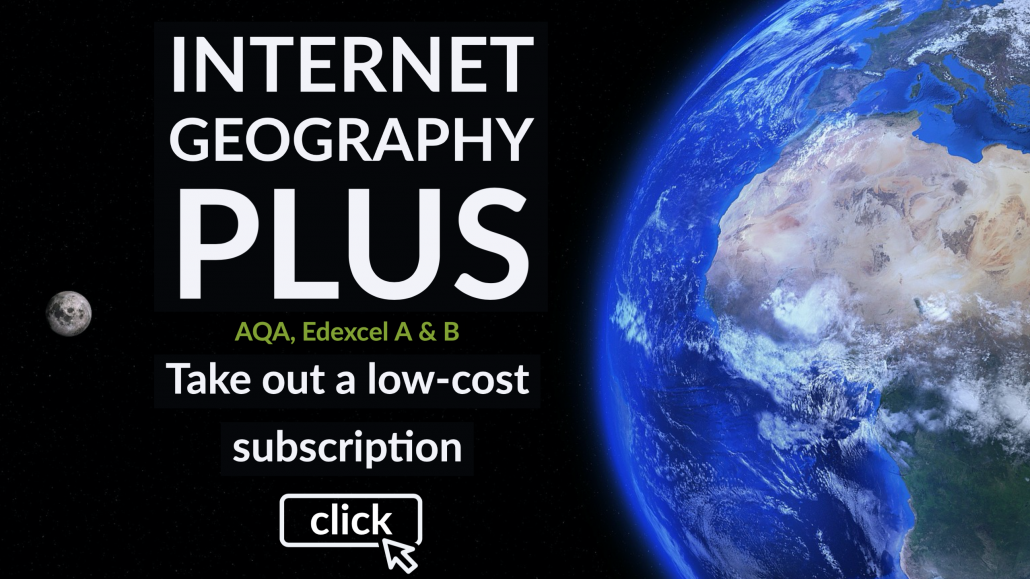Over 2,800 Lives Lost in Morocco’s Deadliest Earthquake in Six Decades
In a recent seismic event of unprecedented magnitude, central Morocco was shaken by a devastating earthquake, registering a staggering 6.8 on the Richter scale – the largest the region has witnessed since before 1900. The earthquake struck at 23:11 local time (22:11 GMT) on Friday, 8th September 2023, jolting people from their beds and leaving a trail of destruction and over 2,800 fatalities, making it the deadliest tremor to strike the country in 60 years.
Epicentre and Geological Background
The epicentre was pinpointed in the High Atlas Mountains, near the rural town of Ighil, approximately 71 kilometres (44 miles) southwest of the iconic city of Marrakesh. According to the US Geological Survey, the earthquake’s focus was shallow, at 18.5 kilometres below the surface.
The underlying cause can be traced to the ongoing collision between the European and African continental plates. Traditionally, seismic activities of this scale are not characteristic of Morocco; the Mediterranean regions encompassing Italy, Greece, and Turkey usually bear the brunt of this slow geological “car crash,” with a movement rate of 4mm per year.
Earthquakes are commonly caused along the seam where two tectonic plates move against each other, and in Morocco, earthquakes mostly happen where the Africa and Eurasia plates meet.
But that boundary is to the north, near Gibraltar, so tremors are usually closer to Tangiers than Marrakesh. Yet this one was in al-Haouz province in the High Atlas Mountains, 75km (47 miles) southwest of Marrakesh, the country’s fourth-largest city.
So far, the explanation is that the quake happened when a reverse fault – where the edge of the rock on one side of a fault slips under the other – occurred between the Morocco and Iberia microplates, which are both part of the larger African plate.
Tremors Rock the Nation
The earthquake generated violent tremors felt from Casablanca to Marrakesh, leading to significant infrastructural damage, including the
partial collapse of historic sites such as the Jemaa el raa mosque. The Medina area, a UNESCO World Heritage site, sustained severe damage, with numerous buildings falling into ruins. The quake also caused major damage to the historically significant 12th-century Tinmel Mosque in a remote mountain area closer to the epicentre.
A considerable aftershock with a magnitude of 4.9 followed shortly, recorded 19 minutes post the primary quake, exacerbating the devastation and reigniting panic among the populace. Tremors from this catastrophic event resonated as far as the capital, Rabat, 350km away, encompassing regions like Casablanca and Essaouira.
The death toll is expected to rise as rescuers struggle to reach hard-hit remote areas within the Atlas mountains.
The World Health Organization said more than 300,000 people had been affected by the disaster.
Rescue Operations and Humanitarian Efforts
Rescue efforts are being fervently undertaken, albeit under challenging circumstances, with many having to use bare hands in the desperate search for survivors. The situation is particularly dire in remote mountain villages near the epicentre, where simpler structures might not have withstood the earthquake. Determining casualties in these isolated areas remains difficult, given their remote locations.
In response to the tragedy, the royal palace declared a three-day national mourning, mobilising armed forces to aid the affected areas with necessities such as clean drinking water, food, and shelter materials.
International Aid and Pressure on the Government
The government currently faces mounting pressure to accept broader international assistance to cope with the disaster’s overwhelming scale. To date, aid has been accepted from four countries: Spain, the UK, Qatar, and the United Arab Emirates, bypassing offers from France and the US.
As search and rescue operations continue, with rescuers battling against exhaustion, the pressing need for more hands and resources becomes evident. The nation fervently hopes for more international cooperation to expedite the relief measures and navigate this crisis that has thrown countless lives into despair and uncertainty.
Why was the earthquake so catastrophic?
The ground shaking associated with the earthquake resulted in the total collapse of many dwellings near its epicentre, many of which were traditional mud brick constructions. Rockfalls and landslides have buried villages in the remote, mountainous region.
In more densely populated areas, including the city of Marrakech, various types of damage can be observed, from small local failures to complete building collapses. Much of this can be linked to structures made from stone and masonry – materials known for their brittleness and limited resistance to the strong horizontal shaking generated by a major earthquake.
Much of the damage observed to new construction appears to be attributed to reinforced concrete frame buildings filled with brittle, hollow red clay bricks. The mortar holding the bricks together quickly cracks, significantly reducing the overall structure’s stiffness.
Another reason behind the extensive damage includes poor-quality residential construction and ineffective enforcement of building codes and regulations.
These are the same issues we saw earlier in the year following the Turkey-Syria earthquakes.
According to experts, shallow earthquakes are generally more dangerous as they carry more energy when they emerge to the surface when compared to quakes that occur deeper underneath the surface.



